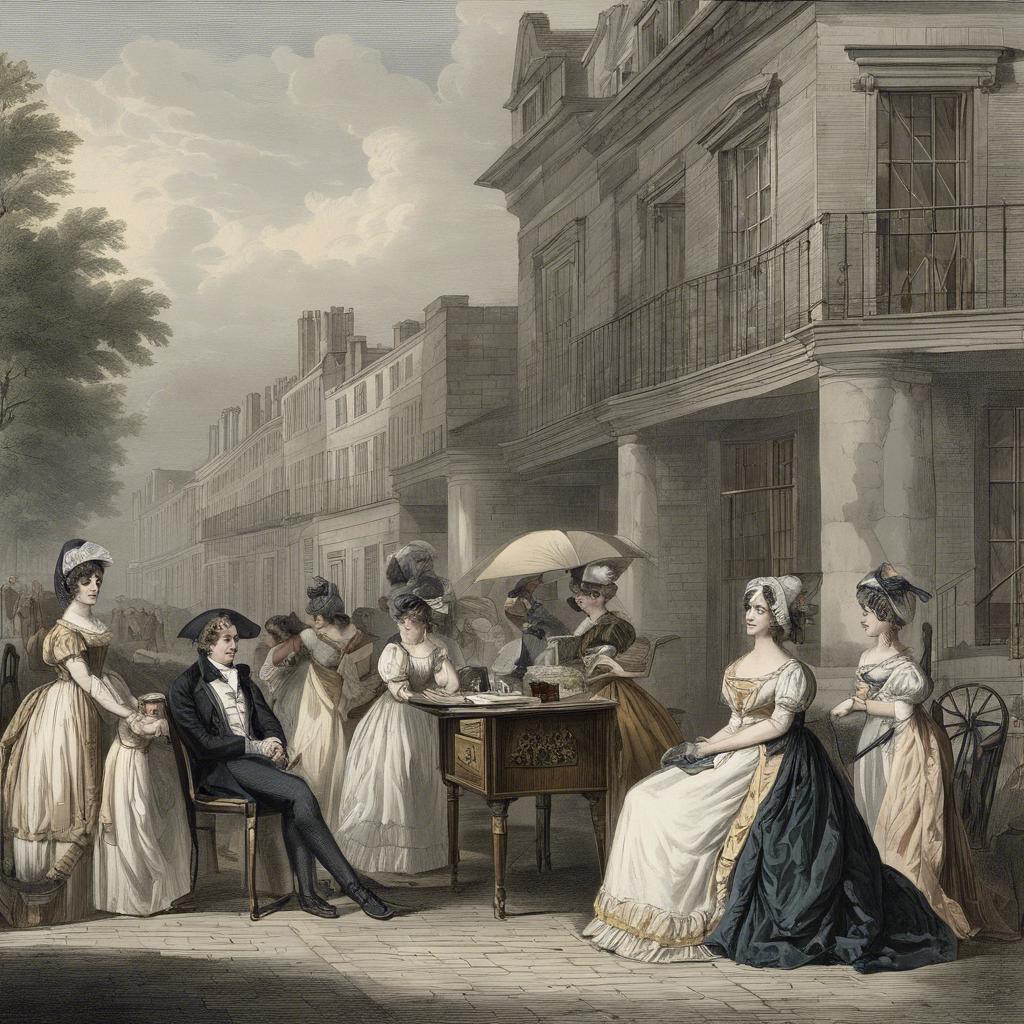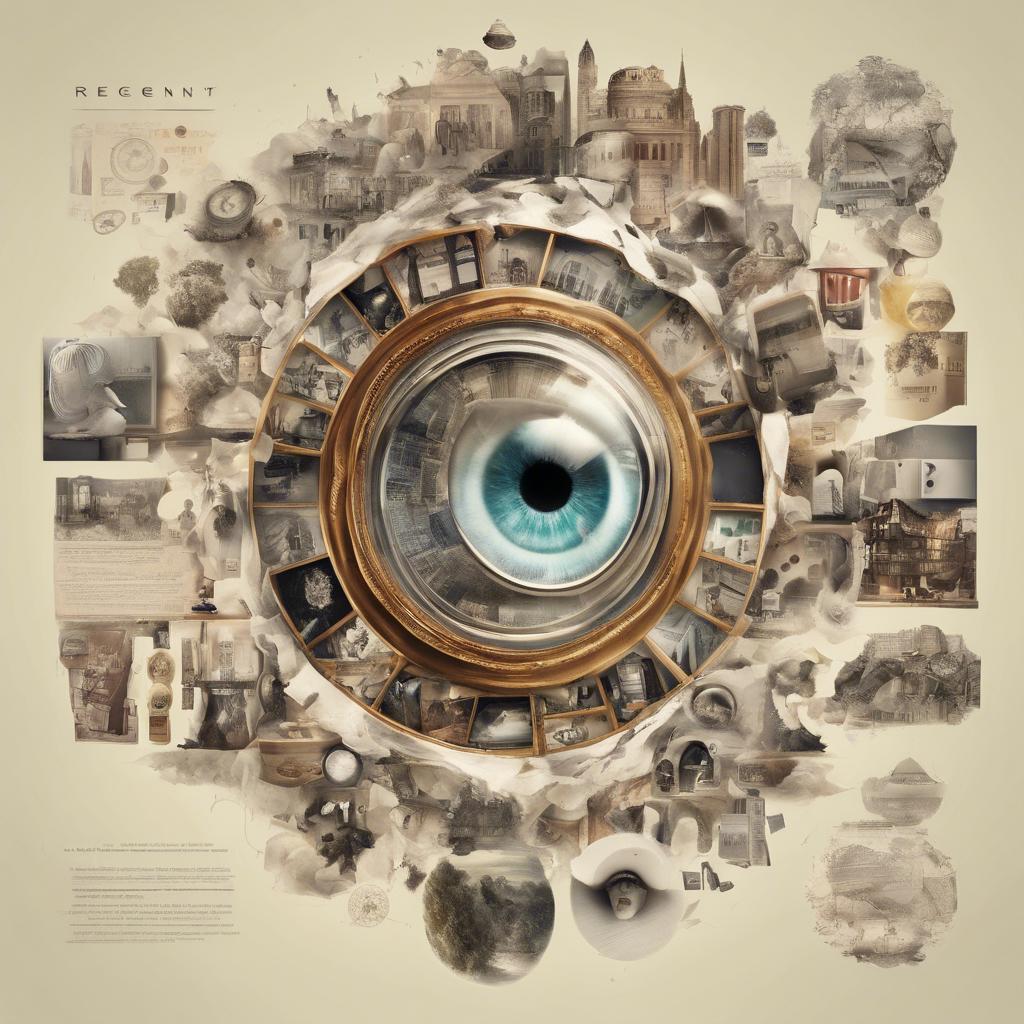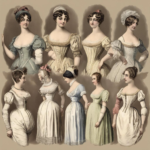During the early 19th century, England was plunged into a time of elegance, refinement, and societal change known as the Regency era. This period, marked by the reign of King George IV, was defined by its unique customs, fashions, and social hierarchies. Join us as we journey back in time to explore the intricacies of Regency era life, from the opulent ballrooms of the aristocracy to the bustling streets of London’s burgeoning urban society.
Step Into the World of Cheryl Bolen
Dive into the enchanting stories of love, intrigue, and elegance set in the Regency Era. Cheryl Bolen's novels offer timeless romance and captivating tales that will leave you wanting more.
Explore Cheryl Bolen's Books Now
Life in Regency Era England: An Overview of Society and Culture
The Regency Era in England, spanning from 1811 to 1820, was a time of significant social and cultural change. During this period, society was heavily influenced by the upper class, with strict rules governing behavior and etiquette. The aristocracy held considerable power and wealth, shaping many aspects of daily life.
In Regency Era England, social status and reputation were of utmost importance. Class distinctions were rigidly enforced, with the nobility at the top of the hierarchy. Below them were the gentry, followed by the middle and working classes. Etiquette and decorum were strictly observed, with elaborate rules governing everything from dress and language to social interactions.
In terms of culture, the Regency Era was marked by a flourishing of arts and literature. The period saw the rise of renowned writers such as Jane Austen, whose novels captured the social mores and romantic entanglements of the time. Music, dance, and theatre also played a significant role in society, with lavish balls and performances providing opportunities for socializing and entertainment.
Fashion and Etiquette in Regency England: Dressing and Behaving like a Gentleman or Lady
In Regency England, dressing and behaving like a gentleman or lady was of utmost importance. Fashion played a significant role in society, with strict rules dictating proper attire for different occasions. Gentlemen were expected to wear tailored suits with waistcoats, cravats, and top hats, while ladies adorned themselves in elegant gowns, gloves, and bonnets. Accessories such as gloves, parasols, and handkerchiefs were also essential to complete the look.
Etiquette was equally crucial in Regency society, with strict codes of conduct governing social interactions. Gentlemen were expected to be polite, courteous, and chivalrous towards ladies, while ladies were required to be demure, graceful, and well-mannered. Proper etiquette extended to all aspects of life, from dining and dancing to conversing and courting. Following these societal norms was essential for maintaining one’s reputation and social standing.
To truly embody the spirit of a Regency gentleman or lady, one must also adhere to the principles of moral conduct and decorum. Honesty, integrity, and piety were highly valued virtues, while gossip, scandal, and impropriety were vehemently denounced. By upholding these values and embodying the fashion and etiquette of the Regency era, one could aspire to be seen as a paragon of society.
Entertainment and Leisure in the Regency Era: From Balls to Literary Salons
The Regency Era was a vibrant period in history, filled with lavish entertainment and leisure activities that defined the upper-class social scene. From elegant balls to intellectual literary salons, the elite members of society indulged in various forms of entertainment to showcase their wealth and sophistication.
Balls: Balls were a prominent form of entertainment during the Regency Era, where guests gathered to dance, socialize, and display their elaborate and fashionable attire. These events were often held in grand ballrooms of stately homes, decorated with luxurious fabrics and sparkling chandeliers. Guests enjoyed lively music, delicious refreshments, and the opportunity to mingle with other members of high society.
Literary Salons: Literary salons were gatherings hosted by intellectual individuals, such as writers and scholars, to discuss literature, politics, and philosophy. These intimate gatherings were held in the drawing rooms of elegant townhouses, where guests engaged in lively debates and shared their latest literary creations. The salons provided a platform for intellectual exchange and cultivated a sense of camaraderie among like-minded individuals.
Theatre: The Regency Era also witnessed a flourishing of theatrical performances, with popular plays and operas attracting large audiences to the theatres of London and other major cities. Theatrical productions were a source of entertainment and cultural enrichment for the elite class, showcasing talented actors and musicians in elaborate costumes and sets. Attendees enjoyed the drama, comedy, and music of the era, immersing themselves in the world of the stage.
Regency Era Marriage and Courtship: Navigating Love and Social Expectations
In the Regency Era, marriage and courtship were highly structured and influenced by societal expectations. Love was often secondary to social standing and financial stability. Young ladies and gentlemen were expected to adhere to strict etiquette and rules when seeking a partner, with the ultimate goal being a successful and advantageous match.
Courtship in the Regency Era involved a series of formal steps and rituals. The first stage was the initial introduction, often facilitated by a mutual acquaintance or family member. This was followed by chaperoned outings and social gatherings, where the couple could get to know each other better. The exchange of gifts, such as flowers or poetry, was common during this time as a way to express interest and affection. Ultimately, a formal proposal would be made, typically by the gentleman, and if accepted, the engagement period would begin.
Marriage in the Regency Era was viewed as a practical arrangement rather than a romantic union. Marriages were often based on factors such as wealth, social status, and family connections. While love could certainly develop over time, it was not the primary consideration when choosing a spouse. The wedding ceremony itself was a grand affair, with elaborate customs and traditions that symbolized the joining of two families.
To Wrap It Up
the Regency Era was a time of significant social, cultural, and political change in Britain. From the elegant fashion and elaborate dances to the intricate etiquette and societal expectations, life during this period was both sophisticated and rigidly structured. As we continue to study and appreciate the rich history of the Regency Era, we gain a deeper understanding of the complexities and nuances of this fascinating time in British history. The legacy of the Regency Era lives on in literature, art, and architecture, serving as a reminder of a bygone era that continues to capture our imagination and intrigue.


